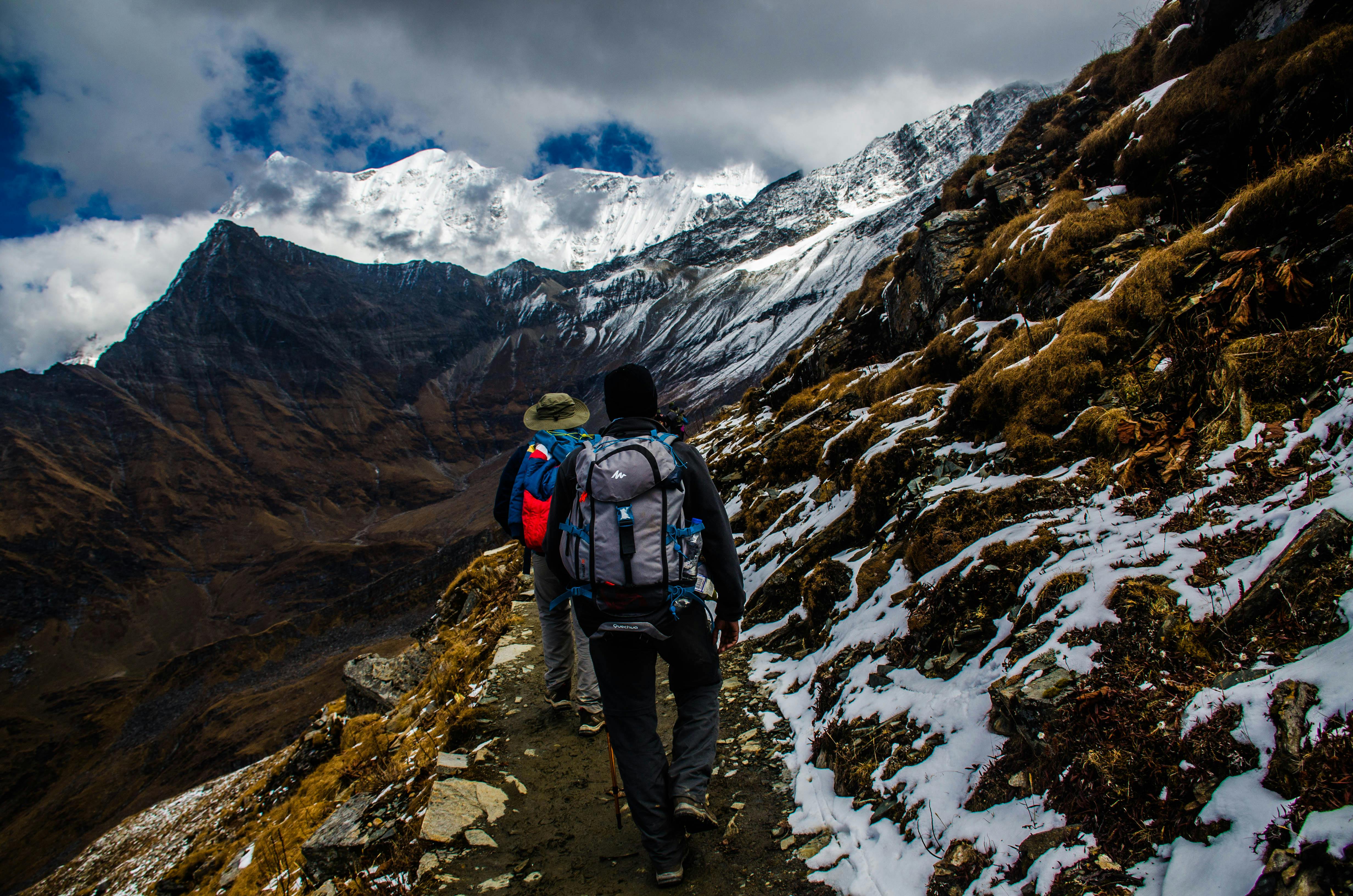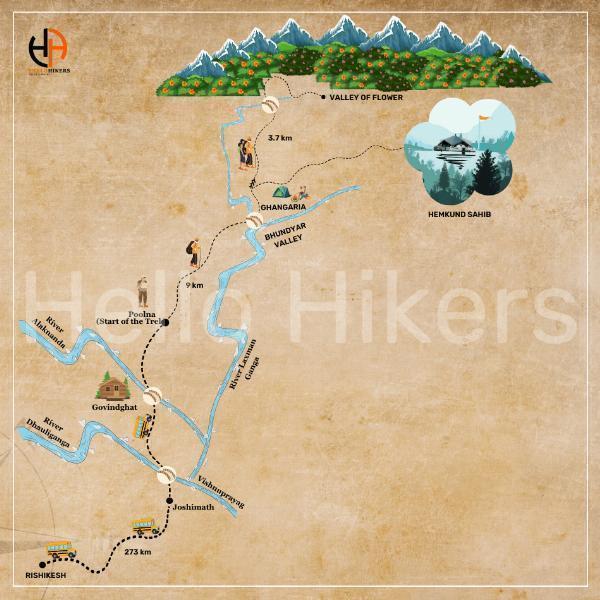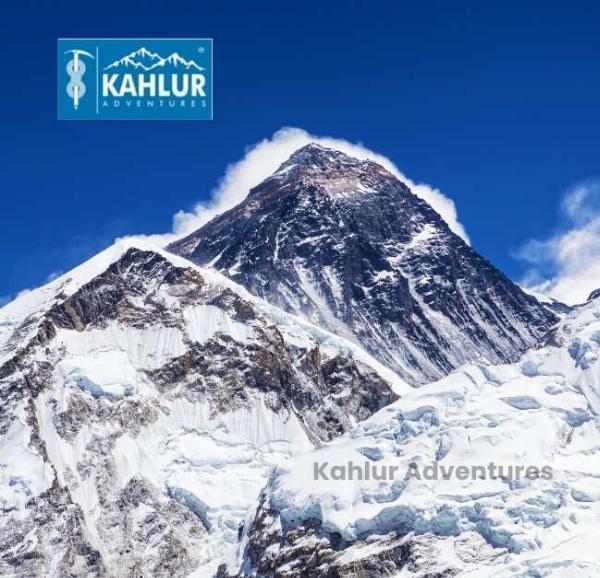Monsoon Trekking in India - A Challenging and Rewarding Adventure

Strong 8k brings an ultra-HD IPTV experience to your living room and your pocket.
Just as the summer heat starts to wane, the monsoon season arrives in India, transforming the lush landscapes into a verdant paradise waiting to be explored. Monsoon trekking in India offers a unique and exhilarating experience for outdoor enthusiasts looking to test their limits and immerse themselves in the breathtaking beauty of nature. Despite the challenges posed by unpredictable weather and slippery trails, the rewards of trekking during the monsoon season are unmatched, with cascading waterfalls, misty valleys, and vibrant flora painting a picture-perfect backdrop for an unforgettable adventure.
Preparing for a Monsoon Trek
While commenceing on a monsoon trek in India can be a thrilling adventure, it is crucial to be well-prepared for the challenges that come with the unpredictable weather conditions. From ensuring you have the right gear and clothing to mentally and physically preparing yourself for the journey ahead, there are several factors to consider before setting off on your monsoon escapade.
Essential Gear and Clothing
Gear plays a critical role in ensuring your safety and comfort during a monsoon trek. Waterproof and sturdy hiking boots with good grip are vital to prevent slipping on wet and muddy trails. Invest in a quality rain jacket and pants to stay dry in the torrential downpours that are common during the monsoon season. A sturdy backpack with a rain cover will help keep your belongings dry and protected. Don't forget to pack quick-dry clothing and extra socks to change into if you get wet.
The right gear is crucial, but so is the right clothing. Opt for moisture-wicking and breathable fabrics that dry quickly to prevent discomfort and chafing. Pack layers that you can easily add or remove to regulate your body temperature as you hike through varying weather conditions. A wide-brimmed hat and sunglasses will protect you from the sun if it decides to make an appearance amidst the rain.
Physical and Mental Preparation
The physical and mental demands of a monsoon trek should not be underestimated. Strengthen your physical endurance by incorporating regular cardio and strength training into your fitness routine in the weeks leading up to the trek. Focus on exercises that target your legs, core, and back to build the necessary strength for long hours of hiking with a heavy backpack.
The mental aspect of trekking is equally important. Prepare yourself for the challenges of trekking in the rain by practicing mindfulness and visualization techniques. Stay positive and focused, and be prepared to adapt to changing weather conditions and trail obstacles. Keep in mind, mental preparedness is just as crucial as physical fitness when undertaking a monsoon trek.
Preparing your mind and body for a monsoon trek involves a holistic approach that includes proper gear, clothing, physical training, and mental conditioning. Taking the time to adequately prepare yourself will not only enhance your trekking experience but also ensure your safety and well-being amidst the unpredictable elements of the monsoon season.
Navigating the Challenges
Weather and Trail Conditions
One of the biggest challenges that trekkers face during monsoon trekking in India is the unpredictable weather and trail conditions. The heavy rainfall can lead to slippery paths, foggy surroundings, and sudden changes in temperature. It is crucial to be prepared for these conditions by wearing appropriate clothing, carrying necessary gear such as raincoats, and being cautious while navigating the trails.
Additionally, the monsoon season can bring about landslides and flash floods, making certain trails impassable. It is crucial to stay updated on weather forecasts and trail conditions before commenceing on a trek. Choosing well-established trekking routes and being aware of alternative paths can help in navigating through these challenges safely.
Safety Measures and Emergency Protocols
One of the key aspects of monsoon trekking is prioritizing safety measures and being prepared for emergencies. Trekkers should always inform someone about their trekking itinerary, carry crucial safety equipment such as first aid kits and emergency shelters, and have a communication device handy in case of emergencies.
Trail markers and signs can sometimes be obscured during the monsoon due to overgrowth or heavy rains. Therefore, it is important to stay on the designated trail, follow group trekking protocols, and not venture off on your own to ensure safety and avoid getting lost.
For instance, in case of separation from the group, it is crucial to have designated meetup points along the trail and establish communication protocols to regroup in a safe and timely manner. Being prepared and following safety measures can make all the difference in ensuring a challenging yet rewarding monsoon trekking adventure in India.
Best Monsoon Treks in India
The Western Ghats Experience
On a monsoon trek in the Western Ghats of India, adventurers can expect a lush green paradise with cascading waterfalls, mist-covered mountains, and diverse flora and fauna. The Western Ghats, a UNESCO World Heritage Site, offer some of the most picturesque and challenging trekking routes in the country.
During the monsoon season, from June to September, the Western Ghats come alive with vibrant colors and refreshing weather. Treks like the famous Valley of Flowers in Maharashtra or the lesser-known Amboli Ghat in Goa provide a unique opportunity to explore the rich biodiversity of this region.
The Himalayan Panorama
On a monsoon trek in the Himalayas of India, adventurers can witness breathtaking views of snow-capped peaks, pristine lakes, and alpine meadows. The Himalayan region offers a mix of easy to strenuous treks, catering to all levels of experience and fitness.
Popular monsoon treks in the Himalayas include the Valley of Flowers in Uttarakhand and the Hampta Pass in Himachal Pradesh. These treks provide a unique opportunity to witness the beauty of the Himalayas in a whole new light, with the rain washing away the dust and bringing out the vibrant colors of the landscape.
The Himalayan Panorama is a diverse region that offers something for every trekker, whether you are a beginner or an experienced adventurer. From the gentle slopes of Himachal Pradesh to the challenging trails of Uttarakhand, the Himalayan region is a paradise for trekking enthusiasts seeking an unforgettable monsoon adventure.
Western Ghats or the Himalayas, both regions offer an unparalleled monsoon trekking experience that is sure to challenge and reward all those who launch on this adventurous journey.
Ecological Impact and Responsible Trekking
Many adventurous souls are drawn to the lush green landscapes and pristine natural beauty of India for monsoon trekking. However, with great adventures come great responsibilities. It is imperative for trekkers to be conscious of their ecological impact and practice responsible trekking to preserve the fragile biodiversity and habitats of the region.
Preserving the Trails and Local Habitats
To ensure the sustainability of monsoon trekking in India, it is crucial to tread lightly on the trails and respect the local habitats. Avoid straying off designated paths to prevent damaging delicate flora and disturbing wildlife. Littering is a grave offense against nature, so pack out all trash and leave no trace of your presence. By following responsible trekking practices, we can protect the natural environment and ensure that future generations can also enjoy the wonders of monsoon trekking.
When trekking through forests and mountains, be mindful of your surroundings and do not disturb the natural ecosystem. Refrain from picking plants or flowers, as it disrupts the local flora and fauna. Stay on marked trails to reduce erosion and minimize your impact on the environment. Be mindful of, the goal is to leave nature untouched and unspoiled by our presence.
Community Involvement and Cultural Sensitivity
The cultural heritage of the local communities in monsoon trekking regions is as precious as the natural landscapes. Trekkers should engage with the communities in a respectful and sensitive manner to foster positive relationships and preserve the local way of life. By supporting local businesses, respecting customs and traditions, and embracing cultural diversity, trekkers can contribute to the socio-economic development of the region.
The involvement of the local communities in ecotourism initiatives not only provides them with economic opportunities but also instills a sense of pride in their cultural heritage. By collaborating with local guides, staying in community-owned accommodations, and participating in cultural exchanges, trekkers can enrich their experience and create a positive impact on the communities they visit. Responsible trekking is not just about protecting the environment, but also about respecting and honoring the local cultures that make each trekking adventure unique.
To wrap up
Ultimately, monsoon trekking in India offers a unique and exhilarating adventure for outdoor enthusiasts seeking a challenging experience. From the lush green landscapes to the gushing waterfalls, trekkers are rewarded with breathtaking views and a sense of accomplishment. While the unpredictable weather adds an element of risk, proper preparations and caution can ensure a safe and memorable journey. Whether you're a beginner or a seasoned trekker, tackling the trails during the monsoon season in India is sure to leave you with unforgettable memories and a newfound appreciation for nature's beauty.
Note: IndiBlogHub features both user-submitted and editorial content. We do not verify third-party contributions. Read our Disclaimer and Privacy Policyfor details.







